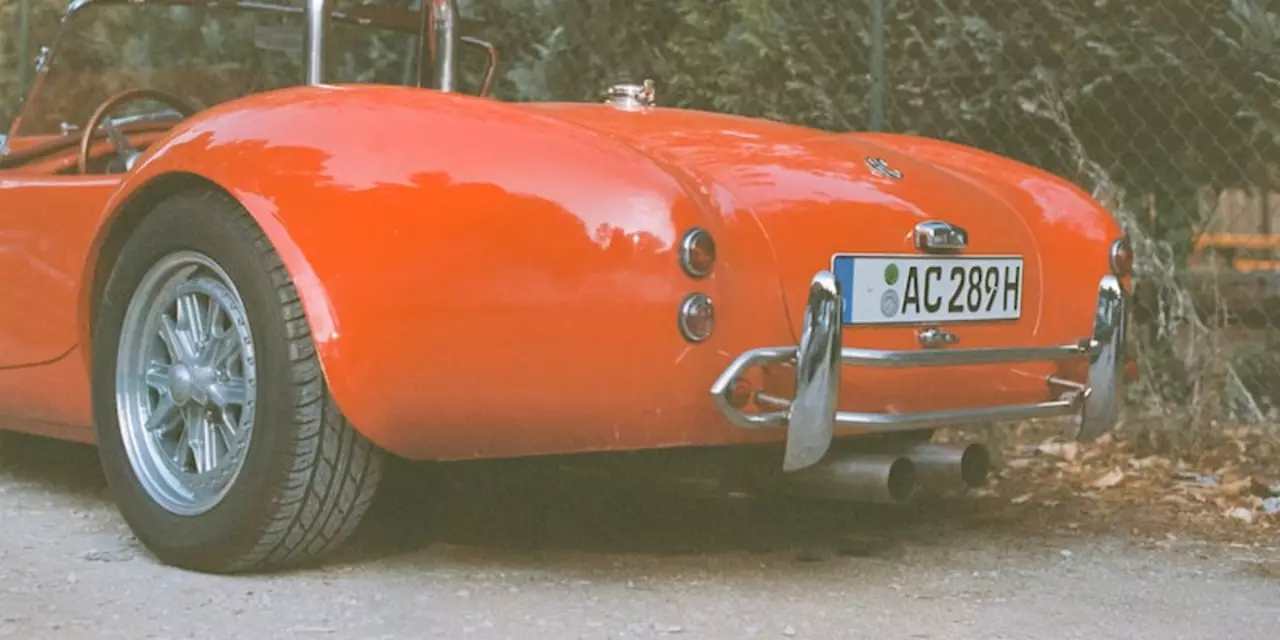Radiator Basics: Keep Your Engine Cool and Happy
Ever wonder why your car’s engine never feels like a furnace? The answer lies in one humble part – the radiator. It’s the heart of the cooling system, pulling heat away from the engine so you don’t end up on the roadside with steam puffing out. In this guide we’ll break down what a radiator does, how it does it, and the everyday checks you can do to avoid costly overheating.
How a Radiator Works
Think of the radiator as a big metal honeycomb. Hot coolant from the engine pours in, spreads through thin tubes, and meets a flow of air pushed by the fan or the car’s motion. As the air rushes over the tubes, it grabs the heat and carries it away. The cooled liquid then cycles back to the engine to pick up more heat. Simple, right?
The whole process hinges on three things: the coolant, the fan, and the radiator core. If any of those fail, temperature spikes fast. That’s why keeping the coolant level right, checking for leaks, and making sure the fan spins freely are must‑do chores.
Spotting Trouble & Simple Maintenance
So how do you know when the radiator is on the fritz? Here are the tell‑tale signs:
- Steam from the front: If you see a cloud of steam under the hood, the radiator isn’t shedding heat fast enough.
- Coolant loss: Low fluid without obvious leaks often means a pinhole in the radiator.
- Overheating gauge: A sudden jump in the temperature needle means the system can’t keep up.
- Rusty or oily coolant: Discolored fluid signals corrosion or a failing gasket.
Fixing these problems is easier than you think. First, check the coolant reservoir – top it up with the right mix (usually 50/50 water and antifreeze). Next, look at the radiator hoses for cracks or bulges. A quick visual can catch a split before it bursts.
If you spot a leak, a temporary fix is a radiator sealant, but a proper repair or replacement is best for long‑term reliability. Also, flush the system every 2‑3 years. That removes rust, scale, and old coolant that can block the tiny tubes and reduce heat transfer.
Don’t forget the fan. Turn the engine on, let it warm up, then switch off the ignition. If the fan doesn’t kick in after a few seconds, the relay or the fan motor could be dead. Replacing a fan is usually a weekend job and saves you from overheating on hot days.
Finally, keep the front of the radiator clean. Dirt and bugs act like a blanket, trapping heat. A soft brush and mild detergent do the trick – just avoid harsh chemicals that might corrode the fins.
Keeping an eye on these basics means your radiator will do its job for years, and you’ll stay clear of expensive engine repairs. Next time you pop the hood, give the radiator a quick glance; a healthy radiator equals a happy drive.
Why is there oil in my car's radiator?
Oil in the car's radiator is a common problem that can be caused by a few different factors. The most common cause is a leaking head gasket, which is a seal between the engine block and cylinder head that can be damaged over time. Another possible cause is a leaking oil cooler, which is a device that cools engine oil and helps keep it at a consistent temperature. Finally, an oil change that was not done properly could lead to oil entering the radiator. In any case, the presence of oil in the radiator should be addressed immediately, as it can cause damage to the cooling system and reduce the car's performance.
